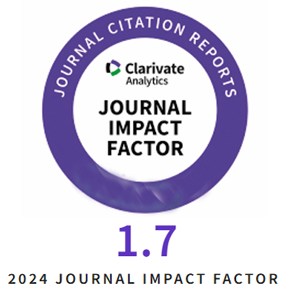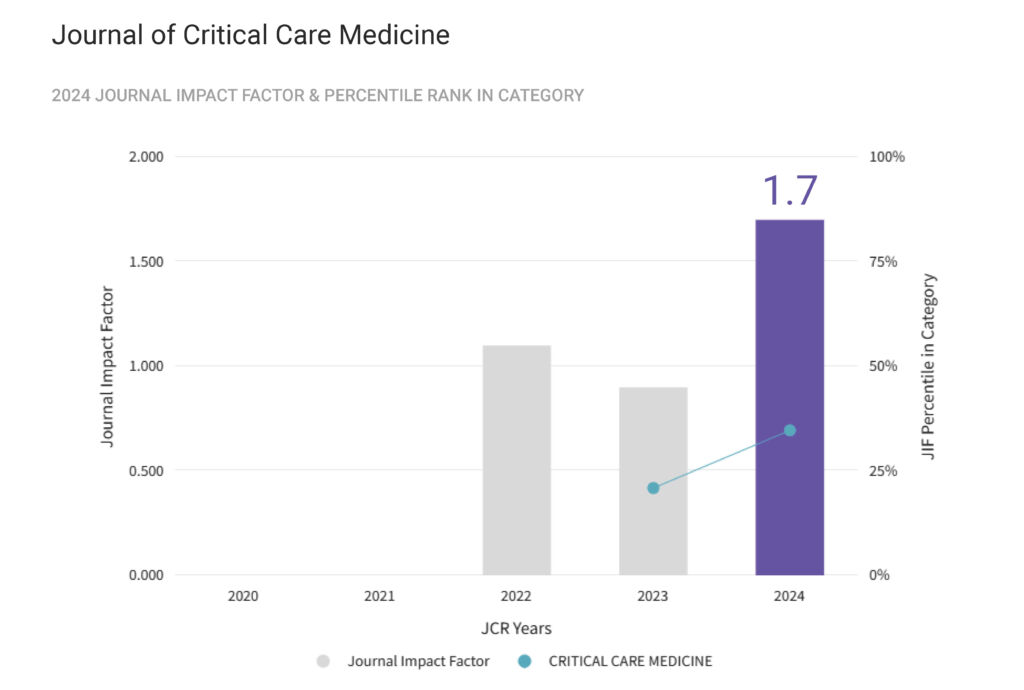Background: In the Intensive Care Unit (ICU), mechanical ventilation is frequently employed to assist critically injured patients with breathing. The two conventional methods are SIMV and PRVC. This research sought to evaluate these techniques, particularly concerning patient stability and the preservation of optimal blood gas levels.
Methods: We carried out a parallel-group, randomized, triple-blind clinical trial. One hundred two patients with multiple traumas admitted to the ICU were randomly allocated to either the SIMV group or the PRVC mode group. The main outcome was measured through blood hemodynamic parameters, blood pressure, and heart rate in mechanically ventilated patients with multiple traumas. The secondary outcome measured was the composition of arterial blood gases (pH, PaCO2, PaO2, HCO3, and SpO2).
Result: The average age in the SIMV and PRVC groups was 38.53±16.29 and 38.04±15.26 years, respectively, showing no statistical significance. Arterial blood gas parameters, including arterial blood pH, PaCO2, PaO2, HCO3, and SpO2, were similar in the SIMV and PRVC groups at the beginning of admission and 8 and 12 hours after admission, and there was no significant difference. Comparing vital signs including blood pressure (systolic, diastolic, and mean arterial pressure) and heart rate was similar in the SIMV and PRVC groups at the beginning of admission and 8 and 12 hours after admission.
Conclusion: No significant justification was identified to favor one approach over the other for trauma patients receiving ventilatory support. Both groups stayed consistent regarding vital signs and other health indicators.
Evaluation of PRVC and SIMV ventilation techniques on hemodynamic metrics and arterial blood gases in ICU patients with multiple trauma: A randomized, triple-blind study
DOI: 10.2478/jccm-2025-0043
Full text: PDF










